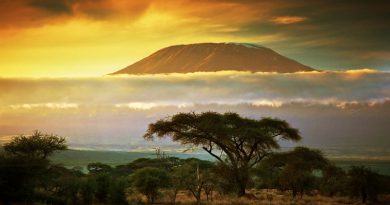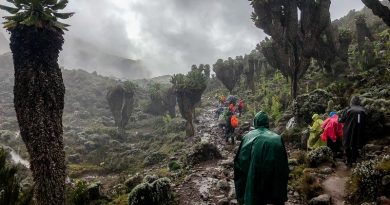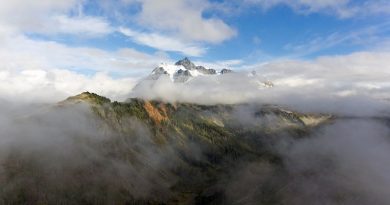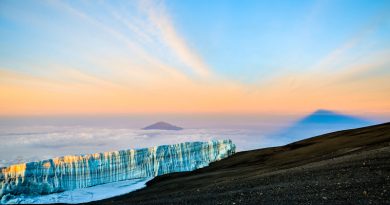Mount Kilimanjaro consistently ranks as one of the most popular climbing destinations in the world. Located in Tanzania, the mountain sees thousands of travelers a year, as climbers from around the world come to tackle the legendary climb. If you’re planning on taking a trip to the mountain any time soon, you’ll want to learn as much as you can before you go.
In this guide, we’ll go over twenty-five of the most incredible Mount Kilimanjaro facts so you can get a more comprehensive overview of the mountain. Keep reading to find out about the history, geography, and status of this world-renowned climbing destination.
1. Mount Kilimanjaro Is the Highest Free-Standing Mountain in the World
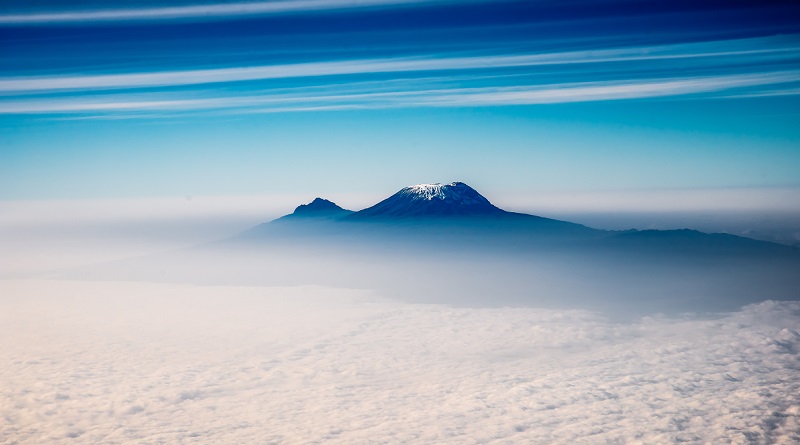
At 19,341 feet, Mount Kilimanjaro is the tallest free-standing mountain anywhere in the world. This means that no other mountain not connected to a mountain range is taller than Kilimanjaro. Pretty cool, right? The insane elevation is enough to make Kilimanjaro the tallest in Africa, as well. It’s no wonder, then, that the mountain has become one of the most popular climbing destinations anywhere in the world.
2. The Mountain Was First Climbed in 1889

How about this for a throwback: the first known successful climb of Mount Kilimanjaro was in 1889.
The trip was undertaken by Hans Meyer, a German geologist, Ludwig Purtscheller, an Austrian climber, and Yohani Kinyala Lauwo, a local guide.
The trip came on the heels of two failed expeditions by Meyer, which were reportedly unsuccessful due to a lack of necessary equipment.
According to documents, the trip was said to have taken around six weeks, a far cry longer than the standard one week climbs that occur today. This resulted in large part due to the lack of established hiking trails at that time.
3. Kilimanjaro Is Losing Its Ice

Comparing studies from 1912 to present-day studies, it’s estimated that the mountain has lost 80% of its ice within that time span. Even more dramatically, the mountain has lost around 62% of its glaciers since 1962.
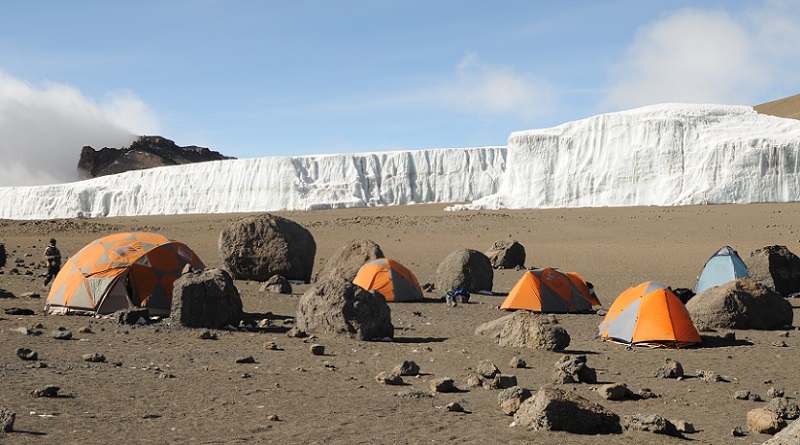
This means that the ecosystems at the top of the mountain have undergone a dramatic transformation over the last one hundred years. Scientists link the massive loss of ice to global warming trends that are taking place around the world and believe that the ice itself was deposited over time throughout the earth’s ice ages.
4. Around 25,000 Individuals Attempt to Climb the Mountain Every Year
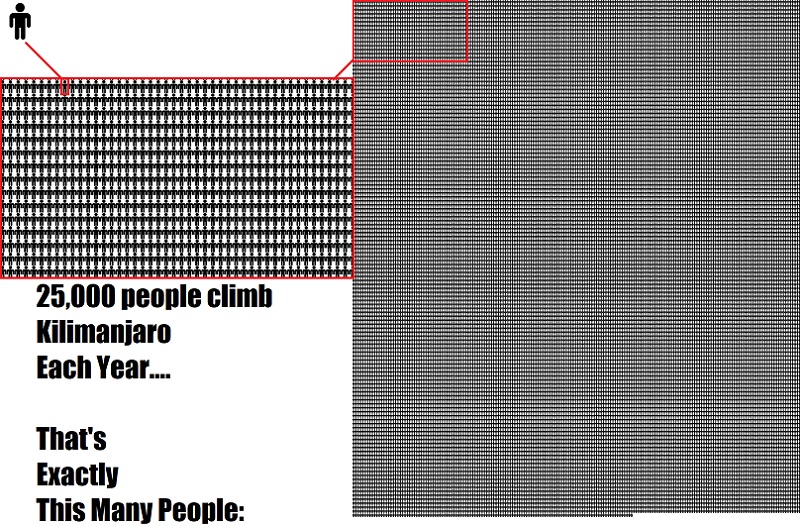
Mount Kilimanjaro is one of the most visited mountains anywhere in the world, with around 25,000 climbers coming every year to accept its famed challenge. Of these, around two-thirds make it to the summit.
The reason some of these climbers don’t make it to the top?
Altitude sickness, a real problem due to the extreme altitude of the mountain. Overall, Kilimanjaro is the sixth-most climbed mountain anywhere in the world—and the most climbed mountain anywhere in Africa.
5. Mount Kilimanjaro Nearly Rests on the Equator
Here’s an interesting Mount Kilimanjaro fact: the mountain rests approximately 205 miles away from the equator. This means that temperatures at the base are warm to hot—but climbers shouldn’t take this to mean winter clothes aren’t necessary for your climb. As surprising as it may seem, the top of the mountain is caked with ice—a fact that took the mountain’s first climbers by surprise. There are four distinct climate zones on the mountain, so make sure to prepare accordingly before you embark on your trip.
6. The Etymology of “Kilimanjaro” Remains Unclear
Mount Kilimanjaro may be one of the most famous mountains in the world, but the origins of the name “Kilimanjaro” remain shrouded in mystery. One of the most popular theories states that the name is a combination of the Swahili term “kilima,” which means mountain, and the Chagga word “njaro,” which translates to “whiteness.” This theory makes sense due to the mountain’s snow-capped peak.
It’s not the only theory, however; some scholars believe that Kilimanjaro is a European pronunciation of a traditional KiChagga name for the mountain: “we failed to climb it.”
7. Mount Kilimanjaro Is One of the Seven Summits

The term “seven summits” refers to the seven tallest mountains on each of the seven continents. As discussed, Kilimanjaro is the tallest mountain in Africa; the other mountains that make up the exclusive club vary according to source, but generally include Mount Everest (Asia), Aconcagua (South America), Mount McKinley (North America), Elbrus (Europe), Vinson Massif (Antarctica), and Puncak Jaya (Oceania).
8. The Mountain Is a Dormant Volcano
Despite being one of the world’s most popular climbing destinations, Kilimanjaro is technically an active volcano.
In total, there are three volcanic cones on the mountain—and only two of them are dormant. Specifically, Mawenzi and Shira, the two lowest cones, are dormant, while Kibo, located on the summit’s highest peak, is active.
Still, there’s little reason to worry. According to studies, the last major eruption on the mountain came approximately 360,000 years ago, and while there’s been minor volcanic activity in recent times, the mountain remains a safe destination for climbers.
That is, of course, if you take care to avoid altitude sickness.
9. Pizza Has Been Delivered to the Summit

In one of the more unbelievable Mount Kilimanjaro facts, pizza has actually been delivered to the top of the mountain. In May of 2016, Pizza Hut delivered a box of pizza to the summit as part of a PR campaign. Amazingly, the pizza giant was able to keep the product hot through a battery-powered warmer device. The feat landed Pizza Hut in the Guinness Book of World Records and made for one of the more unique trips in the history of the mountain.
10. The Oldest Person to Climb the Mountain was 89
Reaching the summit of Mount Kilimanjaro isn’t easy for anyone. Days at extreme altitudes can do that. This makes Anne Lorimor’s trip to the top even more notable. At 89 years of age, the American climber reached the summit—and made history doing so. Lorimor took the record from Dr. Fred Distelhorst, who reached the summit at the “young” age of 88. Lorimor broke the world record in 2019 and holds it as of the time of this writing.
On the flip side, the youngest person to ever climb the mountain was six-year-old Ashleen Mandrick. Because those younger than ten years old are generally forbidden from climbing the mountain, it’s likely that Mandrick’s record will stand for some time.
11. Mawenzi Is the Third Highest Peak in Africa
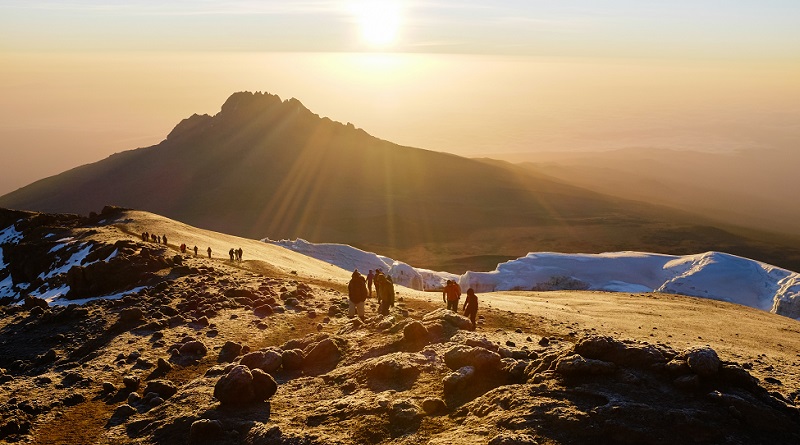
Though most climbers head to the tallest peak on Kibo, they sometimes sleep on the dormant cone of Mawenzi. Standing an impressive 16,896 feet in the air, it’s actually the third tallest peak in Africa after Kibo and Mount Kenya. At this height, Mawenzi is well-worth a trip of its own and may even be a better option for climbers who have doubts about serious altitudes.
12. Most Journeys Are Recorded at the Top
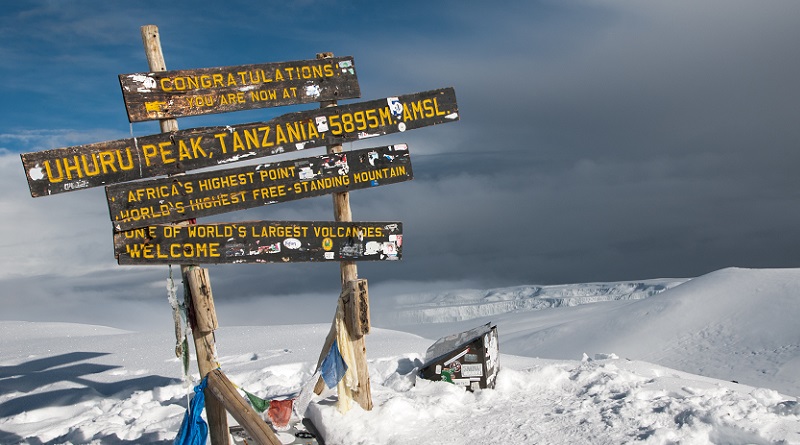
If you manage to reach the top of the mountain, you’ll have the pleasure of recording your journey. At the top of Uhuru Peak, which rests at the highest point of Kibo’s crater, you’ll find a wooden box where you’ll be able to store written accounts of your journey. For this reason, don’t forget to immortalize your trip by seeing this wooden box yourself.
13. Kilimanjaro Hosts a Variety of Ecosystems
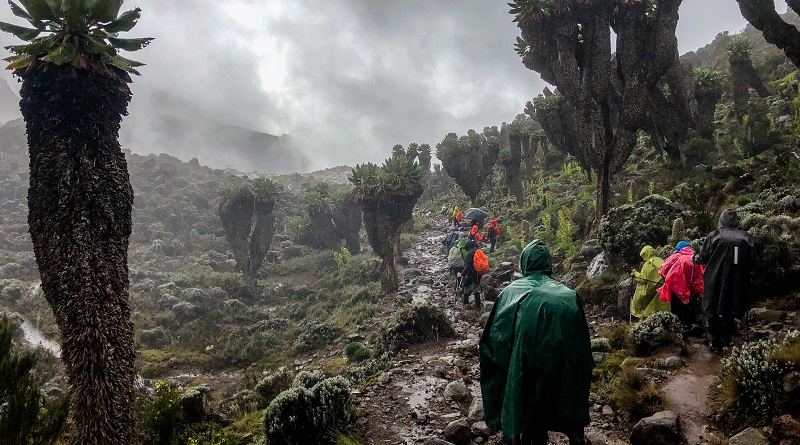
As anyone who’s ever climbed the mountain will tell you, Kilimanjaro is home to a variety of ecosystems: five, to be exact.
There is the cultivation zone, which ranges from 2,600 feet to 6,000 feet in the air. This zone is home to several villages and farms and receives frequent rainfall.
The rainforest zone ranges from 6,000 feet to 9,000 feet and boasts some of the most beautiful fauna in the nation.
Monkeys and other wild animals also call this region home. The heather zone comes next, ranging from 9,000 to 13,000 feet.
This region ranges from zero to forty degrees in temperature, making it one of the most volatile.
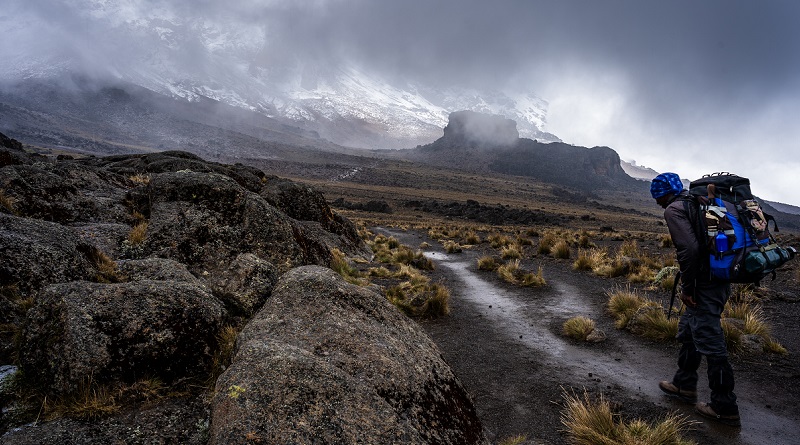
The highland desert zone (ending at 16,000 feet in the air) and the arctic zone (topping out at the mountain’s summit) come next and are the toughest to climb—due both to the extreme altitude and the ruggedness of the terrain.
14. The Mountain Hosted the World’s Highest Soccer Game
In one of the more interesting events to ever take place on the mountain, Kilimanjaro played host to the world’s highest-ever soccer match. The game, which lasted a full ninety minutes, took place in June 2017 by thirty female athletes from twenty nations around the world.
The match itself took place in the volcanic pit on Kilimanjaro, with the players getting used to the altitude before the game took place. Organized by the Equal Playing Field (EPF), the match was designed to promote gender equality in sport and encourage more women from around the world to participate in uplifting sport activities.
15. Kilimanjaro Can Get Scarily Cold
Not all Mount Kilimanjaro facts are fun. Take this one, for instance: temperatures on the mountain can dip to 18 degrees below Celsius, even without considering wind chill and other factors.
This means that climbers should expect to face some brutal cold if they are to reach the mountain’s summit. Without the proper clothes and equipment, frostbite, altitude sickness, and exhaustion can become real and fatal issues, so it’s always best to plan ahead of time when you take your own trip to Kilimanjaro.
Learning about the best time to climb Kilimanjaro, will also increase your chances to succesfully summit this beast.
16. It Is Part of Kilimanjaro National Park
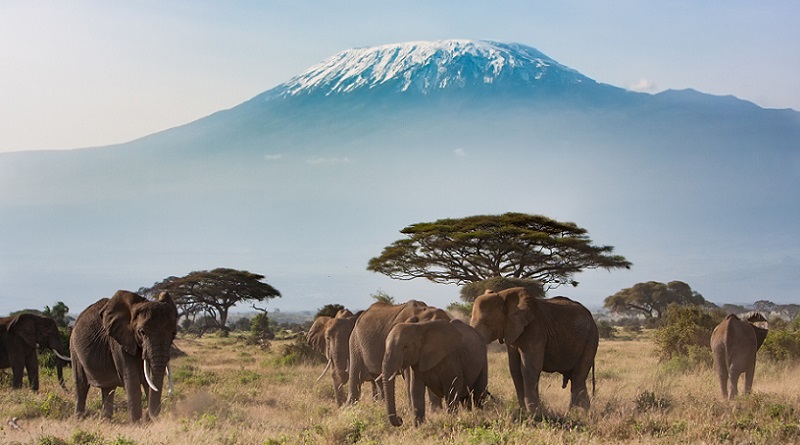
Mount Kilimanjaro is the star of the larger Kilimanjaro National Park. Deemed a UNESCO World Heritage Site, the park is home to some of the most diverse fauna in the region. In addition to this, a variety of animals, including blue monkeys and leopards, call the park home. This means that, even if you don’t manage to reach the top, a trip to the park is worth a visit in and of itself.
17. The Summit Has Been Reached in Five Hours
While standard trips to the summit generally take about a week, the summit can technically be reached much faster. Kilian Jornet, a famed Spanish mountain runner, managed to climb the mountain in just five hours, twenty-three minutes, and fifty seconds. Jornet was able to achieve this incredible feat at the age
of twenty-two by acclimating to the altitude for days beforehand. As most climbers who spend fewer than five days climbing the mountain fail to reach the summit due to altitude sickness, attempting this type of climb is never advised.
18. Multiple People Die on Kilimanjaro Each Year
Though Kilimanjaro is considered one of the safer mountains to climb, the unfortunate reality is that between three to seven climbers die on the mountain every year.
An overwhelming majority of these deaths come from altitude sickness, as climbers are unable to adjust to the extreme altitudes as they ascend the mountain.
The best way to avoid this sickness is to ascend slowly, especially if you lack climbing experience. For this reason, most Kilimanjaro trips last between six to eight days. Still, even with care, climbers have managed to die on the mountain, from causes ranging from lightning strikes to malaria.
19. The Mountain Has Been Climbed in a Wheelchair
Bernard Goosen, a South African climber born with cerebral palsy, made history in 2003 by climbing the mountain in a modified wheelchair. Goosen was able to make the climb without much external assistance and completed his trip in an astonishing nine days. Even more fantastic, Goosen completed the trip a second time just four years later and finished the journey in six days. Goosen’s incredible accomplishments serve as inspiration to other climbers and prove that the mountain is well worth the challenge.
20. One of the First Climbers Lived to See The 100th Anniversary of the Climb
One of the more interesting legends surrounding the mountain is the legacy of the original porter, Yohani Kinyala Lauwo. Among the three men who first reached the summit in 1889, Yohani is said to have attended the 100th anniversary celebration of the first successful climb of Kilimanjaro. According to Tanzanian researchers, this would place him at the age of 118 at the time—an age likely to be untrue. Though Yohani’s exact age is uncertain, it is possible that the same man who led Hans Meyer to the summit lived to see the centennial celebration of the event.
21. There Are Seven Routes on the Mountain
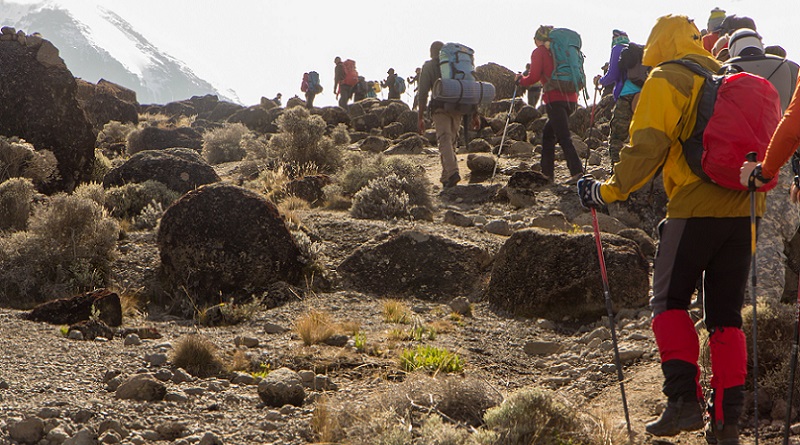
There are seven total routes on the mountain, with only six of them used for ascent. The ascent routes are: Marangu, Machame, Lemosho, Shira, Rongai, and Umbwe. Another route (Mweka) is used for descent only. These seven routes take climbers through different parts of the mountain and vary in length and difficulty. As such, it’s critical that climbers examine their routes before they embark on their climb, as some routes make it exponentially harder for climbers to successfully reach the summit.
22. The First Woman Reached the Summit in 1927
Sheila MacDonald made history by becoming the first woman to ever reach the top of the mountain in 1927. A native of London, England, MacDonald helped pave the way for thousands of other female climbers who have reached the summit since.
23. The Mountain Will Have No Snow in 20 Years
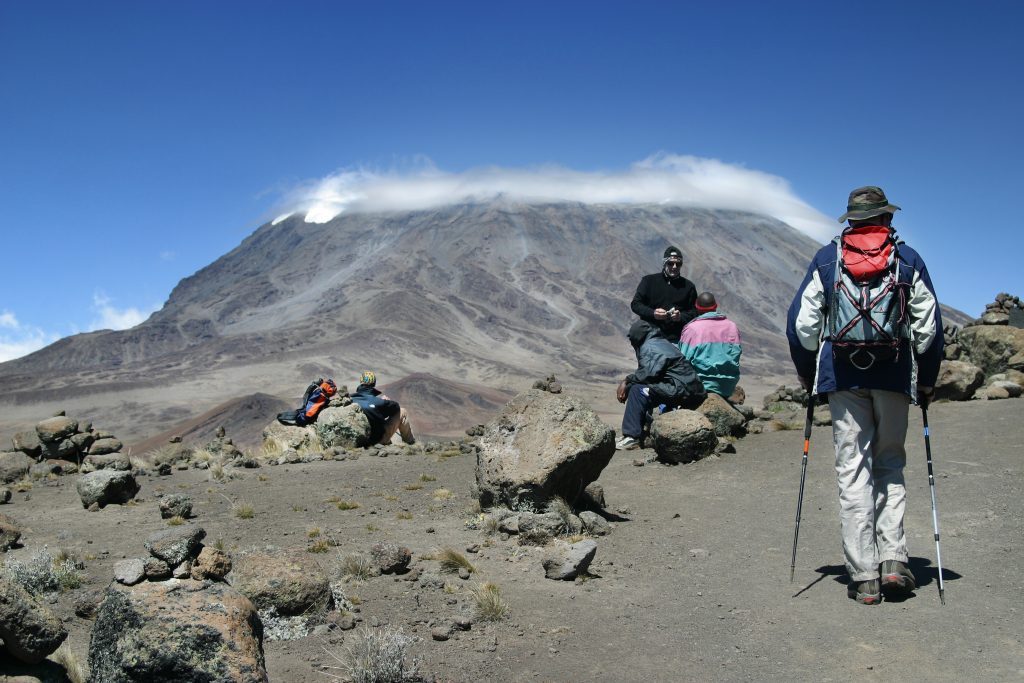
According to predictions, the mountain could be completely without snow or ice in twenty years. Keeping up with the trends we discussed before, some scientists believe that the mountain’s glacial aspects will be totally eradicated in just two decades. This would see a radical shift in the ecosystems at the top of the mountain.
It also means another thing: if you want to see snow and ice on the mountain, it’s best to act fast. This is one trip you don’t want to delay, as you could be missing out on one of the world’s most endangered ice caps.
24. Soccer Isn’t the Only Sport Played on the Mountain
In addition to soccer, rugby and cricket matches have also been held in the crater at the top of the mountain as part of campaigns and movements to gain awareness for certain causes and movements. Each of these matches represented the highest of its kind.
25. Couples Have Also Made History on Kilimanjaro
Martin and Esther Kafer made history by becoming the oldest couple to ever climb Kilimanjaro. At 85 and 84, respectively, the couple reached the summit in October 2012. In addition to being the oldest couple to ever climb the mountain, the two also register as some of the oldest verified climbers to have ever reached the summit.
Final Thoughts
Without a doubt, Mount Kilimanjaro is one of the world’s most interesting places. As a result, the mountain manages to attract tens of thousands of visitors every year. In this list, we covered twenty-five of the most fantastic facts about this incredible mountain.
How many of these Mount Kilimanjaro facts did you know? Make sure to keep them in mind as you embark on your own journey!



